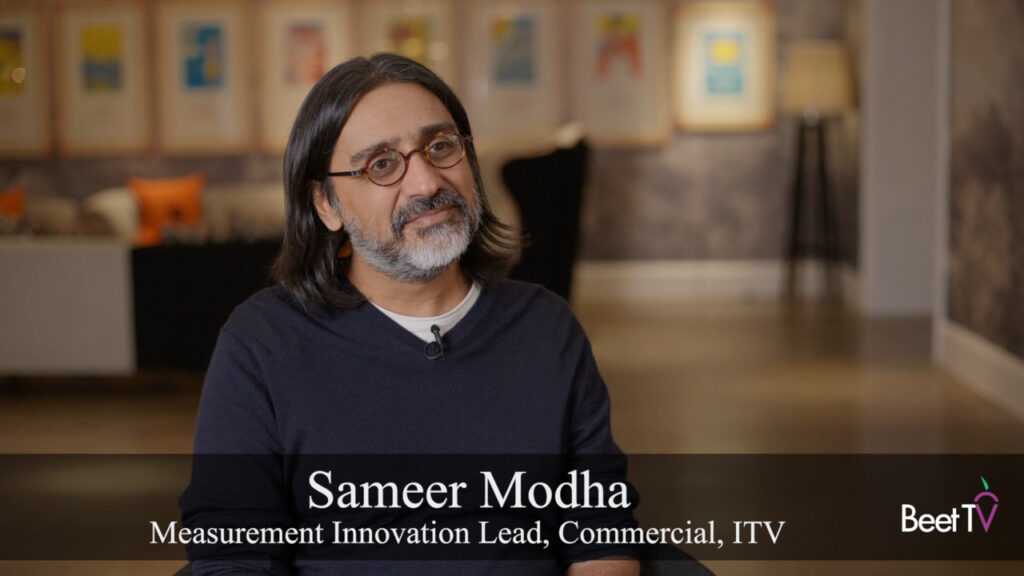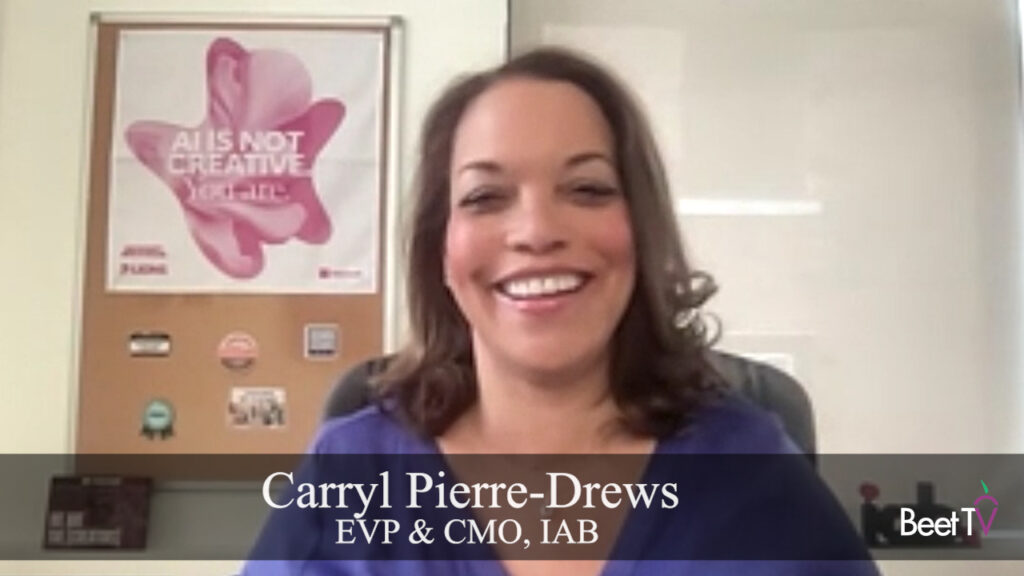COLOGNE — One segment of company amongst the burgeoning video ad tech vendor space helps advertisers work out whether their ads on increasingly busy websites are actually ever viewed by distracted users. So how do these outfits report back?
Laurent Nicolas, president of French viewability measurer Alenty, says he sees two emerging methods.
“One levels needs to be very standardized – maybe 50% (of the window in-view) during one second (is the qualifying threshold) – to create a kind of currency,” he told Beet.TV at the DMEXCO industry conflab. “The market will have to agree on a standard to pay or not (for) the ads that are not seen.”
But, though such a measurement would create a universal metric for pricing video ads, Nicolas also predicts “other levels of viewability that are linked to improving the performance of the campaign” – for instance, whether a product image has been viewed following a lead-up tease, or whether a click has been made.
“The level of viewability will be set by the advertiser for the campaign,” he told interviewer Ashley Swartz, CEO of Furious Minds. “In the future, people will buy only viewable ads – but agencies will optimize ads for other criteria.”
TubeMogul CEO Brett Wilson has previously told Beet.TV it may be that only up to half of video are actually being genuinely viewed, others being automatically played as web pages load or by rogue video-clicking bots.


























